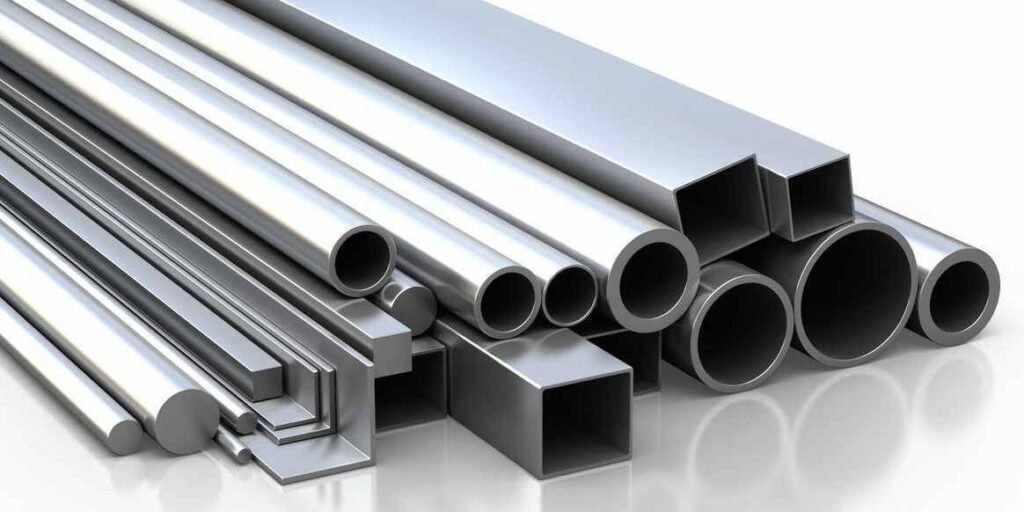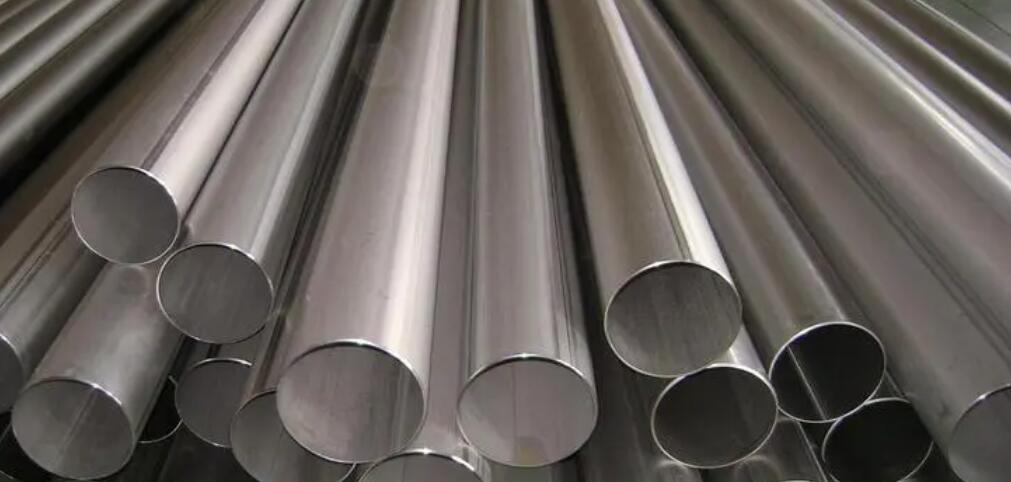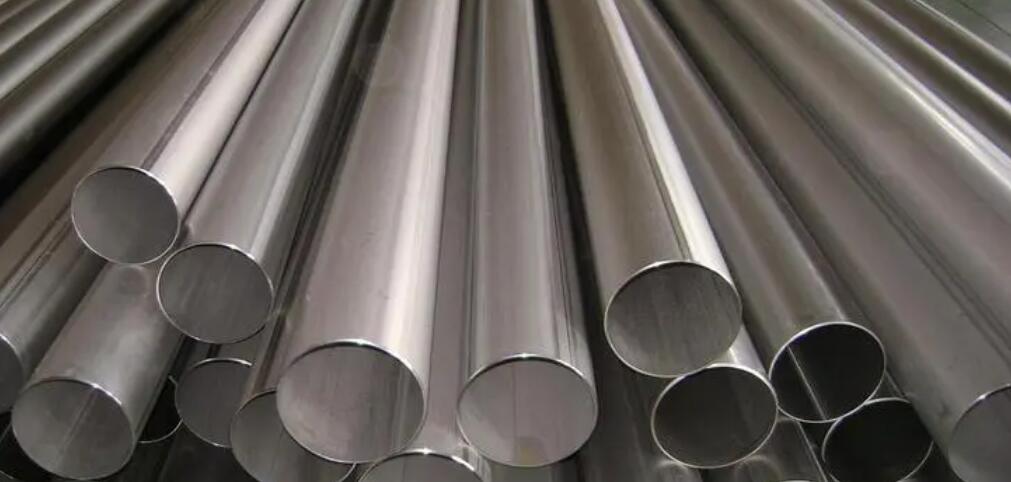How to use 304 stainless steel and 316 stainless steel
What kind of stainless steel is used in plumbing?
What type of stainless steel is used in stainless steel fittings?
Price comparison between 304 and 316
304 and 316 performance comparison
Martensite:
Stainless steel whose mechanical properties can be adjusted through heat treatment. It is a type of heat-treatable stainless steel. The typical grade is Cr13 type.
Ferritic stainless steel:
contains 15% to 30% chromium and has a body-centered cubic crystal structure.
Duplex stainless steel:
refers to stainless steel with ferrite and austenite each accounting for about 50%, and generally the smaller content needs to be at least 30%.
Austenitic stainless steel:
Austenitic stainless steel refers to stainless steel with an austenitic structure at room temperature.

What kind of stainless steel is used in plumbing
316L stainless steel
316L stainless steel pipes have the advantages of corrosion resistance, high strength and long life.
They are suitable for use in high temperature, high pressure, strong acid and strong alkali environments, and are suitable for pharmaceutical, chemical, food and other industries.
304 stainless steel
The corrosion resistance of 304 stainless steel pipes is worse than that of 316L stainless steel, but it has high strength and long life, and is suitable for transporting media in general environments.
What type of stainless steel is used in stainless steel fittings?
304 stainless steel
Mainly used in comprehensive equipment or parts that require good production. The main comprehensive requirement and standard is corrosion resistance.
316 stainless steel
316 stainless steel has Mo added to the basic composition of stainless steel, so 316 stainless steel has excellent corrosion resistance and is also resistant to atmospheric corrosion. In this case, 316 stainless steel has the advantage of being used under harsh conditions.
410 stainless steel
410 stainless steel is martensitic stainless steel. This kind of stainless steel is different from 304 and 316. 410 stainless steel has good hardenability because it has high hardness and toughness, and it is also corrosion-resistant.

Price comparison between 304 and 316
The price of 316 stainless steel is about 1.6-1.8 times that of 304 stainless steel.
For example: the price of 304 stainless steel is $15/kg, and the price of 316 stainless steel is probably between $24-27/kg.
This price ratio is not certain, the actual price shall prevail.
304 and 316 performance comparison
Stainless steel 316 is 1.8 times more expensive than 304. Of course, the properties of 304 and 316 stainless steel are different, and their uses are also different.
304 stainless steel is a chromium-nickel stainless steel, which is a very widely used steel type. 304 combines toughness, strength, corrosion resistance, and high recycling rate.
304 stainless steel can be seen everywhere in daily production and life, and has become an indispensable stainless steel material.
316 stainless steel is the second most widely used steel among chromium-nickel alloys.
Because 316 stainless steel contains Mo (molybdenum) element, its high-temperature strength and pitting corrosion resistance have been significantly improved.
At the same time, 316L stainless steel is a type of steel with lower carbon content and has better welding performance, which facilitates the application of 316 stainless steel in various pressure environments such as tanks, cylinders, and pipes.

304 and 316 Procurement Tips
The prices of 304 and 316 stainless steel change every day, and the price of one week before and after may differ by several hundred yuan per ton.
The prices of 304 and 316 stainless steel have their own market conditions, and the price difference between the two exists objectively.
When purchasing 304 or 316 stainless steel, you need to consider the technical requirements of the product and project.
Of course, the price difference between the two cannot be ignored.
Generally speaking, when technical regulations require the use of 316 stainless steel, 304 stainless steel cannot be used as an alternative.
